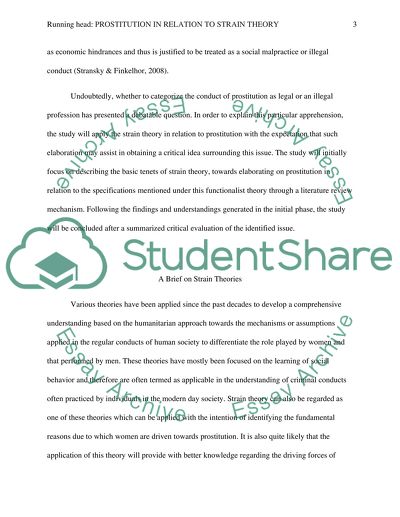Cite this document
(“Prostitution in relation to strain theory Essay”, n.d.)
Prostitution in relation to strain theory Essay. Retrieved from https://studentshare.org/sociology/1616674-prostitution-in-relation-to-strain-theory
Prostitution in relation to strain theory Essay. Retrieved from https://studentshare.org/sociology/1616674-prostitution-in-relation-to-strain-theory
(Prostitution in Relation to Strain Theory Essay)
Prostitution in Relation to Strain Theory Essay. https://studentshare.org/sociology/1616674-prostitution-in-relation-to-strain-theory.
Prostitution in Relation to Strain Theory Essay. https://studentshare.org/sociology/1616674-prostitution-in-relation-to-strain-theory.
“Prostitution in Relation to Strain Theory Essay”, n.d. https://studentshare.org/sociology/1616674-prostitution-in-relation-to-strain-theory.


